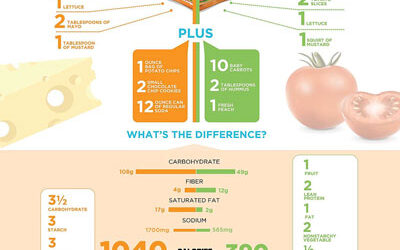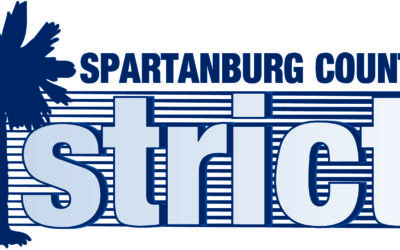We’re bringing skill-building sessions back to the Summit under the name Birds of a Feather.
News
New Report Finds South Carolina has the 12th Highest Obesity Rate
The adult obesity rate in South Carolina is 32.3 percent, the 12th highest, according to the 14th annual State of Obesity: Better Policies for a Healthier America report from the Trust for America’s Health (TFAH) and the Robert Wood Johnson Foundation (RWJF).
Built Environment Sessions to Address Diverse Settings
Are your community leaders and decision makers creating opportunities so that all residents can be active, and what is your role to ensure that this happens? Learn how communities are addressing these issues, and leave with tools, resources, and connections that will help you and local partners.
Leadership Summit: Early Bird Registration Extended to October 6!
Take advantage of our early bird registration rate through October 6!
Participate in National Healthy Lunch Day on September 19
Join us by hosting a healthy luncheon for your employees, encouraging them to bring a healthy lunch, challenging them to make healthy choices if they eat out on this day, or holding a promotional event.
South Carolina Teens Attend HYPE Project’s Youth Summit at SC State University
Close to 160 teenagers and adults from across South Carolina attended the 5th Annual Youth Summit on July 15 at SC State University to learn about youth-led policy changes and how to advocate effectively.
10-Year Anniversary Spotlight: Ava Dean
Ava Dean was one of the founding partners at Palmetto Health Richland who saw the need to bring healthy eating and active living together under one roof.
Two SC Schools Awarded USDA Farm to School Grants
The U.S. Department of Agriculture recently announced the projects selected to receive the USDA’s annual farm to school grants designed to increase the amount of local foods served in schools. Sixty-five projects were chosen nationwide, and two are in South Carolina – Spartanburg County School District Six and Dorchester District Two.
Capture Your Community Photo Campaign: And the Winners Are…
Eat Smart Move More SC (ESMMSC), in partnership with the SC Health + Planning Advisory Committee, is excited to announce the winners of Capture your Community!








